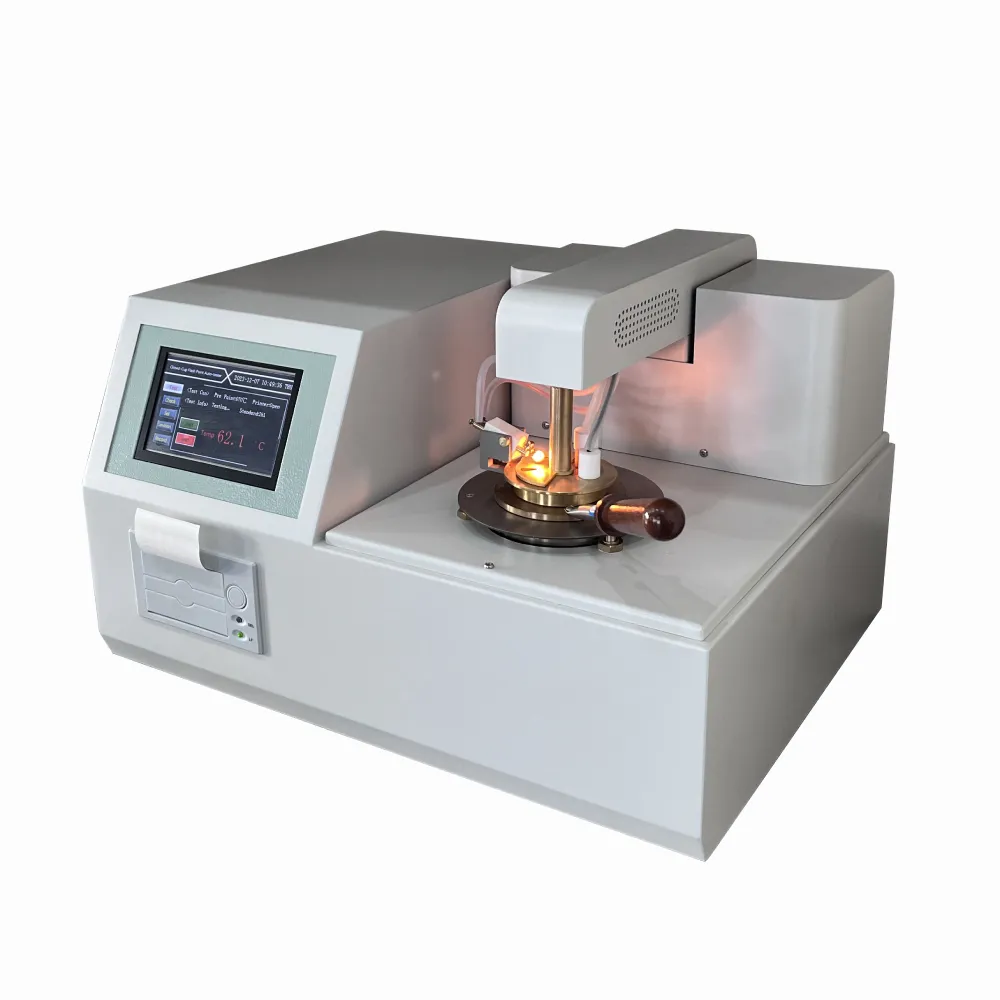 English
English



-
 Afrikaans
Afrikaans -
 Albanian
Albanian -
 Amharic
Amharic -
 Arabic
Arabic -
 Armenian
Armenian -
 Azerbaijani
Azerbaijani -
 Basque
Basque -
 Belarusian
Belarusian -
 Bengali
Bengali -
 Bosnian
Bosnian -
 Bulgarian
Bulgarian -
 Catalan
Catalan -
 Cebuano
Cebuano -
 China
China -
 China (Taiwan)
China (Taiwan) -
 Corsican
Corsican -
 Croatian
Croatian -
 Czech
Czech -
 Danish
Danish -
 Dutch
Dutch -
 English
English -
 Esperanto
Esperanto -
 Estonian
Estonian -
 Finnish
Finnish -
 French
French -
 Frisian
Frisian -
 Galician
Galician -
 Georgian
Georgian -
 German
German -
 Greek
Greek -
 Gujarati
Gujarati -
 Haitian Creole
Haitian Creole -
 hausa
hausa -
 hawaiian
hawaiian -
 Hebrew
Hebrew -
 Hindi
Hindi -
 Miao
Miao -
 Hungarian
Hungarian -
 Icelandic
Icelandic -
 igbo
igbo -
 Indonesian
Indonesian -
 irish
irish -
 Italian
Italian -
 Japanese
Japanese -
 Javanese
Javanese -
 Kannada
Kannada -
 kazakh
kazakh -
 Khmer
Khmer -
 Rwandese
Rwandese -
 Korean
Korean -
 Kurdish
Kurdish -
 Kyrgyz
Kyrgyz -
 Lao
Lao -
 Latin
Latin -
 Latvian
Latvian -
 Lithuanian
Lithuanian -
 Luxembourgish
Luxembourgish -
 Macedonian
Macedonian -
 Malgashi
Malgashi -
 Malay
Malay -
 Malayalam
Malayalam -
 Maltese
Maltese -
 Maori
Maori -
 Marathi
Marathi -
 Mongolian
Mongolian -
 Myanmar
Myanmar -
 Nepali
Nepali -
 Norwegian
Norwegian -
 Norwegian
Norwegian -
 Occitan
Occitan -
 Pashto
Pashto -
 Persian
Persian -
 Polish
Polish -
 Portuguese
Portuguese -
 Punjabi
Punjabi -
 Romanian
Romanian -
 Russian
Russian -
 Samoan
Samoan -
 Scottish Gaelic
Scottish Gaelic -
 Serbian
Serbian -
 Sesotho
Sesotho -
 Shona
Shona -
 Sindhi
Sindhi -
 Sinhala
Sinhala -
 Slovak
Slovak -
 Slovenian
Slovenian -
 Somali
Somali -
 Spanish
Spanish -
 Sundanese
Sundanese -
 Swahili
Swahili -
 Swedish
Swedish -
 Tagalog
Tagalog -
 Tajik
Tajik -
 Tamil
Tamil -
 Tatar
Tatar -
 Telugu
Telugu -
 Thai
Thai -
 Turkish
Turkish -
 Turkmen
Turkmen -
 Ukrainian
Ukrainian -
 Urdu
Urdu -
 Uighur
Uighur -
 Uzbek
Uzbek -
 Vietnamese
Vietnamese -
 Welsh
Welsh -
 Bantu
Bantu -
 Yiddish
Yiddish -
 Yoruba
Yoruba -
 Zulu
Zulu
Excitation Current Test in Transformer
Excitation Current Test in Transformer Understanding its Significance and Methodology
The excitation current test is a critical assessment performed on transformers, primarily aimed at determining the transformer's magnetic characteristics and assessing its operational efficiency. This test evaluates the amount of current required to energize the transformer’s core to achieve a specified voltage, which in turn provides valuable insights into its design and performance attributes. By understanding the excitation current, engineers can identify potential issues related to the transformer's core properties and insulation integrity, enhancing reliability and longevity.
The excitation current is the initial current that flows through the transformer's primary winding when the secondary side is open-circuited. In practical scenarios, the primary windings are connected to a power source, and the secondary windings are disconnected to allow for accurate analysis of the excitation characteristics. As the transformer approaches its rated voltage, the current can be observed, enabling engineers to assess critical parameters such as core saturation and magnetizing impedance.
Procedure of the Excitation Current Test
The test begins with the transformer being safely disconnected from the grid, ensuring that the equipment is isolated. Engineers then connect the primary winding to a regulated voltage source, gradually increasing the voltage until it reaches the rated level. During this process, the excitation current is measured. High-precision measuring instruments are essential for accurate readings. The test typically requires both voltmeters and ammeters, or, in more sophisticated setups, digital measuring devices that can log data in real time.
excitation current test in transformer

Data collected during this test can be plotted on a magnetization curve, which illustrates the relationship between the applied voltage and the excitation current. This curve reveals how the transformer behaves under different voltage levels, indicating the points at which the core begins to saturate. Saturation occurs when the core material cannot contain any more magnetic flux, leading to a significant increase in current with only a small increase in voltage—a crucial aspect indicating potential overheating or failure.
Importance of the Excitation Current Test
One might wonder why this test is essential. First, it provides critical information about the transformer's magnetic design and helps verify that it meets manufacturer specifications. Additionally, it can uncover issues such as shorted turns, core defects, or abnormal losses that may compromise the transformer's performance. Regular testing also contributes to preventive maintenance, allowing operators to detect faults early and avoid costly downtimes.
Furthermore, the excitation current test is crucial in assessing transformer insulation quality. High excitation currents might indicate insulation degradation, which can lead to transformer failure. Therefore, monitoring the excitation current over time can help operators manage the health of their transformers effectively.
In conclusion, the excitation current test is a fundamental procedure in transformer diagnostics. By evaluating the excitation characteristics, engineers can ensure operational efficiency, reliability, and safety, ultimately contributing to the overall effectiveness of electrical distribution systems. Regular testing and careful analysis of the excitation current are essential practices for modern transformer management.
-
Testing Equipment Industry Sees Major Advancements in 2025: Smart & Precision Technologies Lead the WayNewsJun.06,2025
-
Applications of Direct Current Generators in Renewable Energy SystemsNewsJun.05,2025
-
Hipot Tester Calibration and Accuracy GuidelinesNewsJun.05,2025
-
Digital Circuit Breaker Analyzer Features and BenefitsNewsJun.05,2025
-
Benefits of Real-Time Power Quality Monitoring Devices for Industrial EfficiencyNewsJun.05,2025
-
Earth Fault Loop Testing in High-Rise Building Electrical SystemsNewsJun.05,2025



